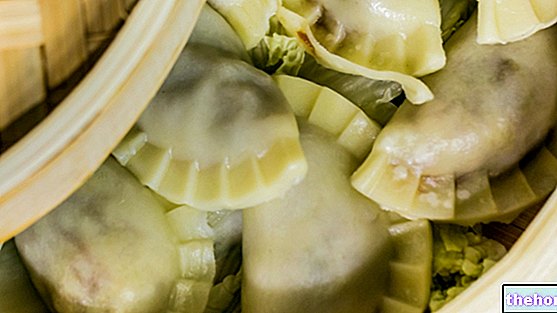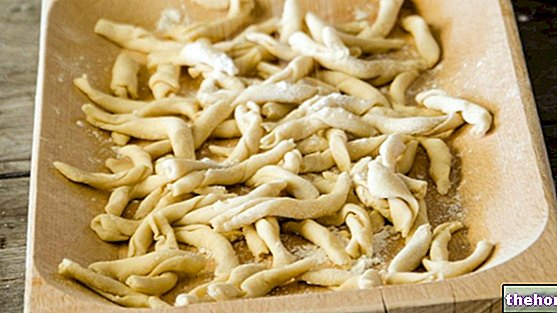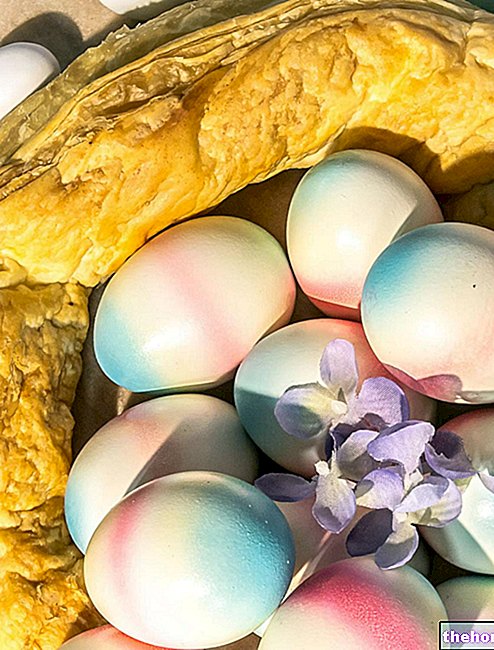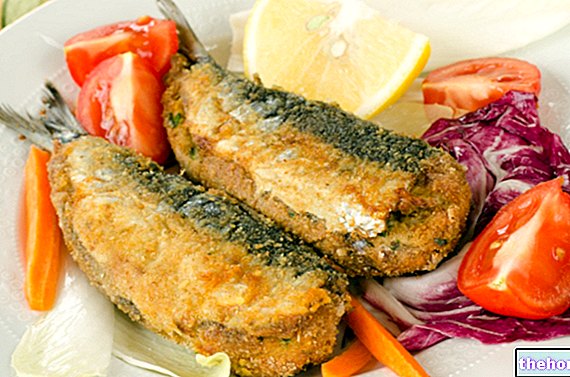Would you like to experience something new? I'm sure many of you are unfamiliar with cassava, also called yuca, aipim or cassava. The edible part of this bizarre food, little known in our area, is represented by the tuberous roots of the plant Manihot esculenta Crantz, a typical plant of South America. There are two types of cassava: the bitter one (with smooth skin and red leaves) and the sweet one (with wrinkled skin and green leaves). The consistency, as well as the flavor, are reminiscent of those of potato: not surprisingly, this root is rich in starch, while proteins are rather scarce. Due to its richness in terms of starch, cassava produces a gluten-free flour (called tapioca) which is used in cooking as a thickener. , cassava is not distinguished by the content of mineral salts and vitamins, almost negligible. Are you wondering how it can be cleaned and cooked?
Video of the Recipe
Problems with playing the video? Reload the video from youtube.
Identity Card of the Recipe
- 189 KCal Calories per serving
-
Ingrediants
- 500 g of cassava
- Q.b. of salt
- Q.b. of pepper
- 2 tablespoons of extra virgin olive oil
- 1 sprig of parsley
Materials Needed
- Chopping board
- Knife
- Casserole
- Cooking pan
- Scoop
Preparation
- Wash the cassava root, cut it into pieces of about 7-8 cm to obtain cylindrical shapes. Place the flat part of each cylinder on the work surface and, with the knife, remove the external part (brown) and the thin white band that wraps it internally (2 mm thick) to obtain only the pulpy part, which appears white and compact.
Did you know that
Any dark parts inside the pulp must be removed: the presence of brown parts is an indication of poor freshness of the root. However, in such circumstances it is not necessary to throw away all the root: it is sufficient to remove these parts to appreciate the adjacent white pulp anyway.
The outermost part of cassava needs to be removed because it contains a toxic substance (a glycoside called manihotoxin) capable of releasing hydrogen cyanide, which is mainly present in the peel of sweet yuca and in the pulp of bitter cassava. This substance is inactivated with heat: for this reason, cassava must be consumed cooked.- Bring some water to a boil, avoiding adding salt.
- When it boils, combine the cassava pieces and cook for 15-20 minutes or until the pulp appears soft.
- Drain the cassava from the water: from each piece, remove the central cord (especially evident after cooking) as it is stringy and not pleasant on the palate.
- At this point, the cassava can be quickly sautéed in a pan with a drizzle of oil, salt and pepper, and then served with aromatic herbs of your choice, such as parsley or chives.
Alice's comment - PersonalCooker
Cassava can be served just like potatoes: if you like, you can also add a teaspoon of lemon juice or vinegar! For the "strong" version, I suggest frying: after boiling the cassava, let it cool, remove the stringy central part, cut it into small pieces and fry it! With the flour obtained from cassava, tapioca is obtained, a starch used in the kitchen for many recipes! Try Nuvolette di Drago with Tapioca and don't miss the Bubble Tea recipe with tapioca pearls!Nutritional values and Health Comment on the recipe
Cassava is a food that falls into the category of tubers.
It has a higher energy intake than that of potatoes, mainly supplied by carbohydrates, followed by lipids and finally by proteins.
Carbohydrates tend to be complex, monounsaturated fatty acids and peptides of medium biological value.
Cholesterol is absent and fibers are relevant.
Cassava is suitable for any diet, but must respect moderate portions in case of overweight, hyperglycemia or type 2 diabetes mellitus and hypertriglyceridemia.
It is suitable for a diet against celiac disease and lactose intolerance; it also meets the criteria of the vegetarian and vegan diet.
The average portion of Cassava, if used as a first course, corresponds to about 150-200g (185-377kcal).




























